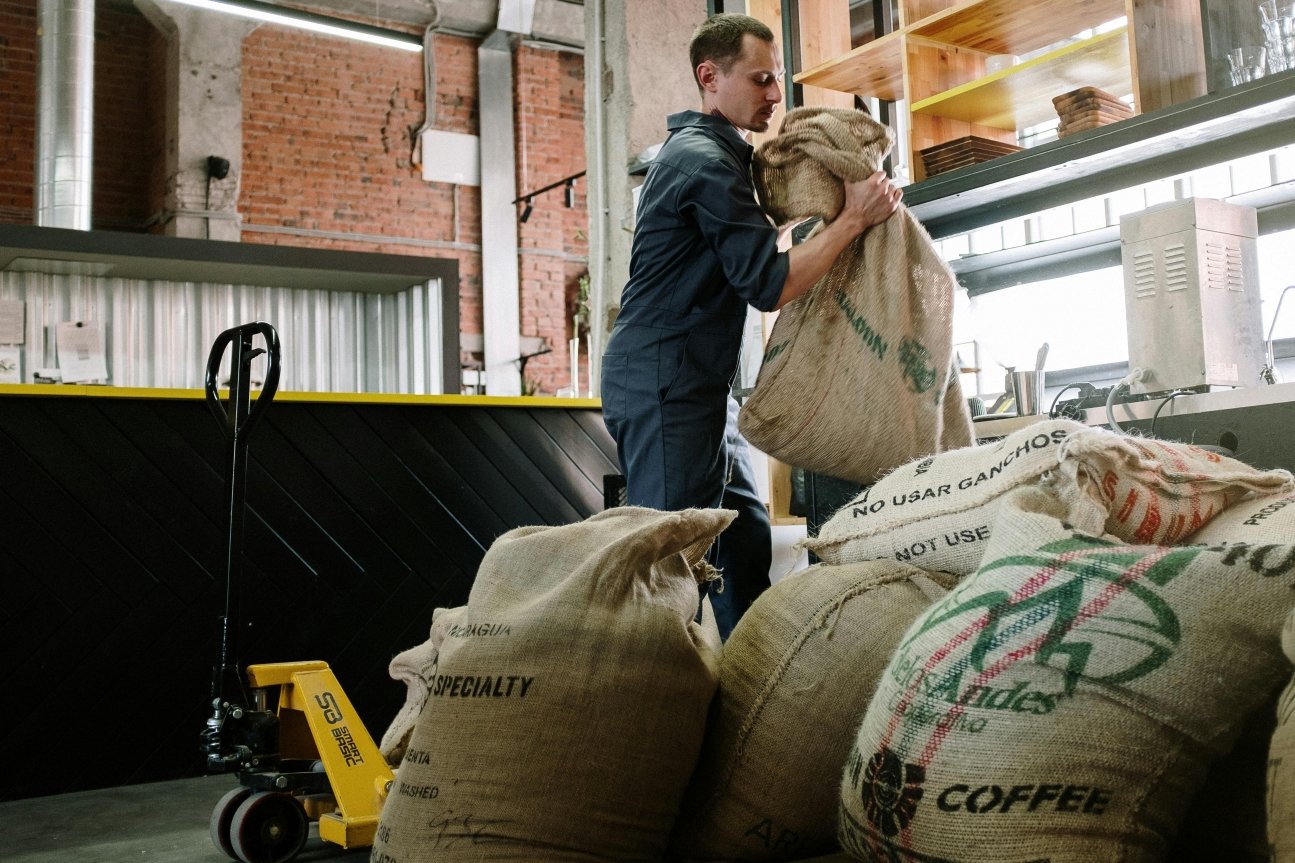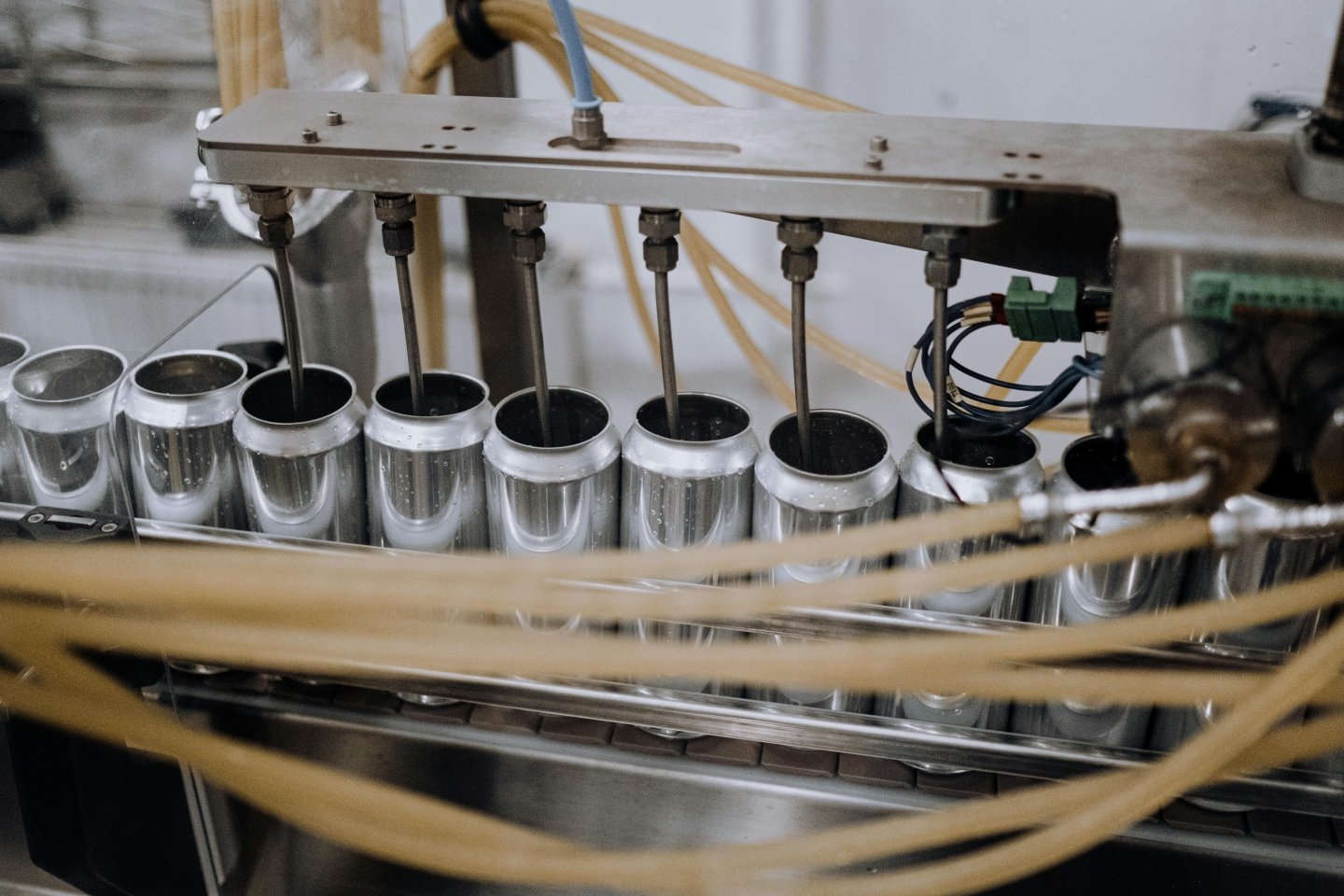What’s the Role of Food Safety Culture in FSSC 22000 Version 6?
If you’re preparing for FSSC 22000 Version 6 certification, one of the most important updates you need to understand is the focus on food safety culture. This isn’t just a buzzword anymore—it’s now a mandatory requirement under Version 6.
So what exactly does “food safety culture” mean in the context of FSSC? And what should your business do to comply?
Let’s break it down.
🧠 What Is Food Safety Culture?
-
The shared values, beliefs, and behaviors that determine how everyone in your company contributes to food safety.
-
Goes beyond written SOPs—it’s about how people act when no one is watching.
-
Strong food safety culture = safer products, fewer recalls, and better audit outcomes.
🆕 What’s New in FSSC 22000 Version 6?
-
Food safety culture is now a stand-alone clause.
-
Organizations are required to document, implement, monitor, and improve their food safety culture.
-
Aligned with GFSI Position Paper on Food Safety Culture.
✅ Key Requirements for Food Safety Culture in FSSC 22000 V6
Your food business must demonstrate how you:
1. Define Your Food Safety Culture Goals
-
Establish what behaviors and attitudes are expected.
-
Link them to your company’s food safety and quality objectives.
2. Engage Top Management
-
Leadership must actively promote and model food safety values.
-
Food safety must be visible at every level of decision-making.
3. Communicate Expectations
-
Regular communication about:
-
Food safety roles and responsibilities
-
Importance of reporting issues
-
Continuous improvement mindset
-
4. Train and Empower Employees
-
Regular training (not just during onboarding)
-
Encourage staff to speak up about risks or non-conformities
-
Reward safe behaviors
5. Measure Culture Performance
-
Use:
-
Surveys
-
Observations
-
Audit findings
-
-
Identify weak areas and develop action plans
6. Continuously Improve
-
Review progress in management reviews
-
Adjust programs and communication based on findings
📌 Examples of Strong Food Safety Culture Practices
-
Daily food safety briefings or toolbox talks
-
“Open door” policy for reporting food safety concerns
-
Recognition programs for safe behavior
-
Visual reminders (posters, charts, KPI boards)
-
Leadership walking the floor and engaging with staff
❗ Common Mistakes to Avoid
-
❌ Treating food safety culture as a “paper exercise”
-
❌ Thinking it only applies to the QA team
-
❌ Failing to involve senior management
-
❌ Only focusing on behavior without addressing underlying attitudes
📈 Why It Matters
-
A strong food safety culture reduces human error and improves audit outcomes.
-
Retailers and certification bodies increasingly expect it.
-
In FSSC 22000 V6, a weak food safety culture can lead to non-conformities during audits.
🏁 Final Thoughts
Food safety isn’t just about procedures—it’s about people.
FSSC 22000 Version 6 makes food safety culture a formal requirement, giving businesses a real opportunity to align everyone toward safer practices, stronger systems, and long-term success.
Need help building and documenting your food safety culture?
At CAYS Scientific, we help food businesses across Malaysia implement culture-driven systems that meet FSSC 22000 V6 and GFSI expectations. Book a free consultation with us today.




